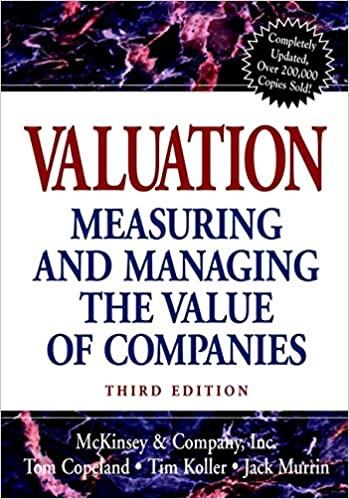Answered step by step
Verified Expert Solution
Question
1 Approved Answer
Susan Bowen, who just turned 5 5 , is employed as an administrative assistant for the Xcon Corporation, where she has worked for the past
Susan Bowen, who just turned is employed as an administrative assistant for the Xcon Corporation, where she has worked for the past years. She is in good health, lives alone, and has two grown children. A few months ago her husband died, leaving her with only their home and the proceeds from a $ life insurance policy. After she paid medical and funeral expenses, $ of the life insurance proceeds remained. In addition to the life insurance proceeds, Susan has $ in a savings account, which she had accumulated over the past years. Recognizing that she is within years of retirement, Susan wishes to invest her limited resources so she will be able to live comfortably once she retires. Susan is quite superstitious. After consulting with a number of psychics and studying her family tree, she is certain she will not live past She plans to retire at either or whichever will allow her to meet her longrun financial goals. After talking with a number of knowledgeable individualsincluding, of course, the psychicsSusan estimates she needs an income of $ per year before taxes in retirement. That income must last years if she retires at age or years if she retires when she is As part of her financial plan, Susan intends to sell her home at retirement and rent an apartment. She has estimated that she will net $ if she sells the house when she is and $ if she sells it when she is Susan has no financial dependents and is not concerned about leaving a sizable estate to her heirs. If Susan retires at Social Security and an employersponsored pension plan combined will pay her $ per month $ annually; if she retires when she is her total retirement income will be $ per month $ annually Susan has already decided that when she retires she will spend all of her savings to buy an annuity that will provide a stream of annual income that will last until her th birthday. If Susan retires and buys an annuity at age for each $ that she puts into the annuity she will receive an annual $ payment for the subsequent years. If she waits until age to retire, each $ spent on the annuity will produce an annual payment of $ for the years. Susan plans to place any funds currently available into a savings account paying compounded annually until retirement. She does not expect to be able to save or invest any additional funds between now and retirement. Each dollar that Susan invests today will grow to $ by age or to $ by age Assume that Susan places currently available funds in the savings account. Determine the amount of money she will have available at retirement once she sells her house if she retires at age and age Using the results from item determine the level of annual income that will be provided to Susan through purchase of an annuity at age and age With the results found in the preceding questions, determine the total annual retirement income Susan will have if she retires at age and age From your findings, do you think Susan will be able to achieve her longrun financial goal by retiring at age or age Explain. Evaluate Susan's investment plan in terms of her use of a savings account and an annuity rather than other investments. Comment on the risk and return characteristics of her plan. What recommendations might you offer Susan? Be specific.
Step by Step Solution
There are 3 Steps involved in it
Step: 1

Get Instant Access to Expert-Tailored Solutions
See step-by-step solutions with expert insights and AI powered tools for academic success
Step: 2

Step: 3

Ace Your Homework with AI
Get the answers you need in no time with our AI-driven, step-by-step assistance
Get Started


